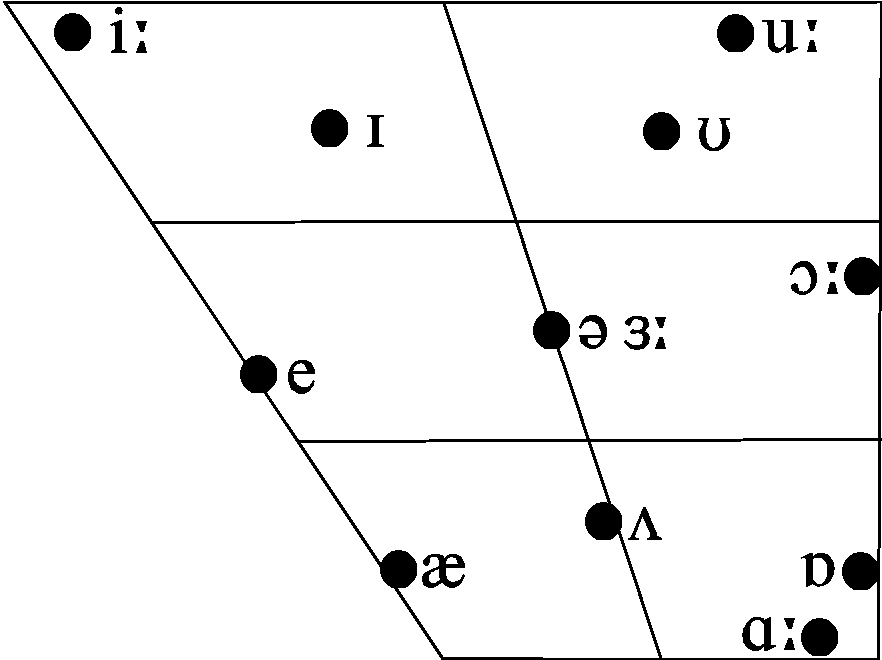Semester ONE
Course: Linguistics & Phonetics
Academic year: 2024 / 2025
Semester: ONE

Full name: Dr. Haroun MELGANI
Email: melgani.haroun@univ-oeb.dz
CV: https://drive.google.com/file/d/1JLkKfgXPhfi32O_SAoq0gpcArMz4WNs9/view?usp=sharing
Full name: Mr. Karim Ayadi
Department of English, Faculty of Arts and Foreign Languages, Oum El Bouaghi University, Algeria
Full name: Ms. Hattab
Department of English, Faculty of Arts and Foreign Languages, Oum El Bouaghi University, Algeria
Full name: Mr. Montasir
Department of English, Faculty of Arts and Foreign Languages, Oum El Bouaghi University, Algeria
- Fundamental Unit (UE Fondamentale)
- Code: UEF 1.1.2
- Credit: 4
- Coefficient: 2
PART ONE: Linguistics
1. Origins of Human Language
2. Human language vs. Animal communication
2. Language, languages, and Linguistics
5. Morphology

Department of English, Faculty of Arts and Foreign Languages, Oum El Bouaghi University, Algeria
Full name: Mr. Montasir
Department of English, Faculty of Arts and Foreign Languages, Oum El Bouaghi University, Algeria
- Fundamental Unit (UE Fondamentale)
- Code: UEF 1.1.2
- Credit: 4
- Coefficient: 2
PART TWO: Phonetics
STARTING PHONETICS : CLEARING THE GROUNDS
1. Writing, spelling and pronunciation
What is phonetics?
Branches of Phonetics
Vowels vs. Consonants
Phonetic Transcription (IPA chart)
PHONETICS AND PHONOLOGY
Phonetics vs. Phonology
2. SPEECH MECHANISMS
Anatomy and Physiology of Speech Mechanisms
3. PHONATION
Phonatory System
Larynx and voicing
Speech Production and Airflow
4. MONOPHTHONGS, DIPHTHONGS AND TRIPHTHONGS
Short Vowels and Long vowels
Diphthongs
Triphthongs
5. CHARACTERISATION AND CLASSIFICATION OF VOWELS
Classifications of Vowels
Session Duration:
Linguistics: 90 minutes
Phonetics: 90 minutes
Evaluation:
A. Linguistics:
The teacher evaluates each student’s knowledge and understanding of the course at the end of the instructional unit. Students are expected to answer some questions about concepts and issues related to Linguistics as a field of inquiry. It should be noted that 50 % of the Grading system adopted in this course pertains to the TD tests, whereas the other 50 % pertains to the final exams.
B. Phonetics:


